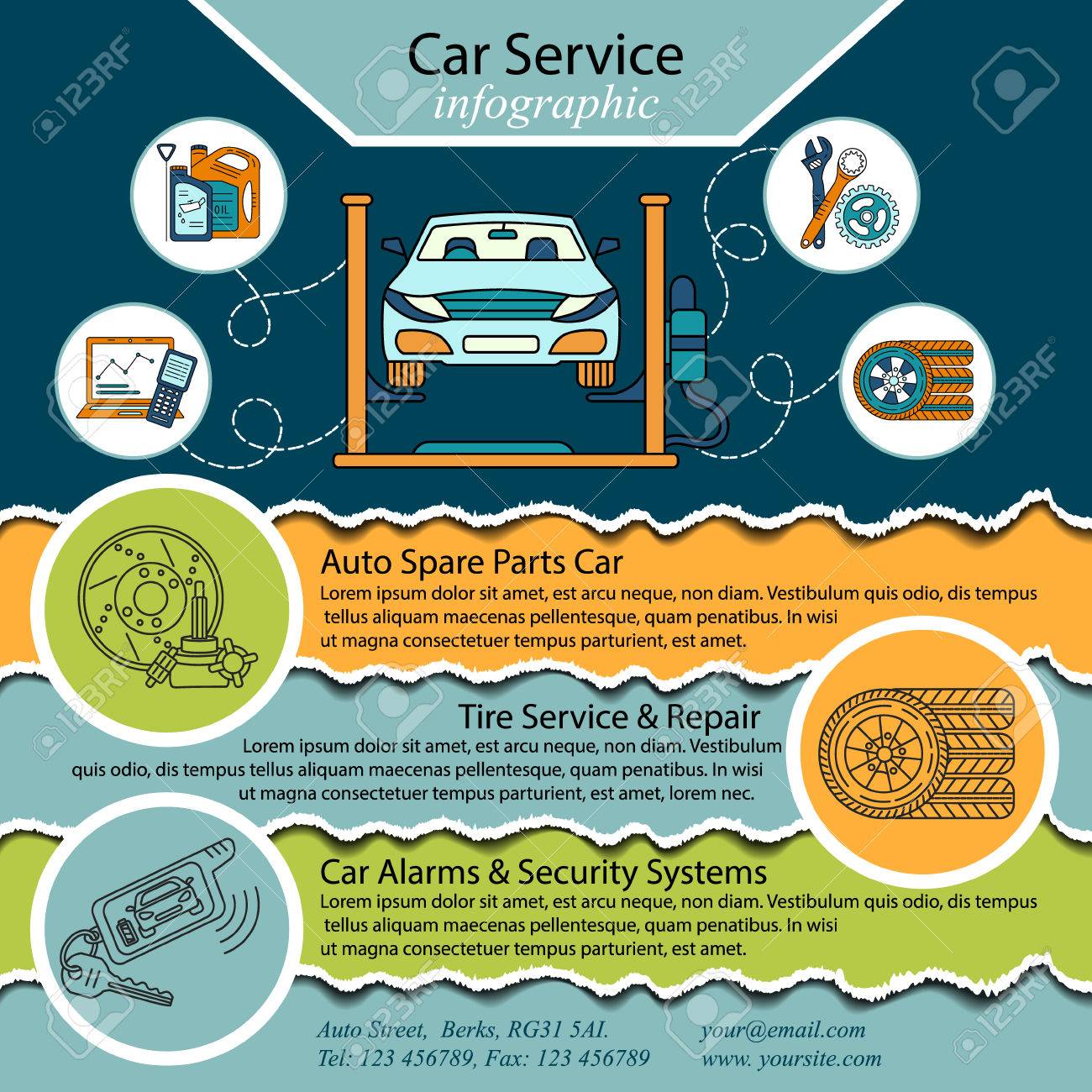Evaluating Your Car'S Caution Indicators: What They Actually Communicate
Evaluating Your Car'S Caution Indicators: What They Actually Communicate
Blog Article
Short Article By-Lim Corbett
When you're behind the wheel, those radiant warning lights on your control panel can be a bit puzzling. Do you know what they're attempting to inform you regarding your automobile's health? Comprehending the significance of these lights is essential for your safety and the longevity of your vehicle. So, the next time one of those lights appears, would not you want to understand its message accurately and take the necessary actions to address it?
Common Caution Lights and Interpretations
Identify usual caution lights in your automobile and understand their definitions to ensure safe driving.
The most common caution lights include the check engine light, which signifies issues with the engine or exhausts system. If this light begins, it's crucial to have your vehicle examined promptly.
The oil stress warning light indicates reduced oil pressure, requiring instant focus to prevent engine damages.
A flashing battery light could suggest a malfunctioning billing system, potentially leaving you stranded if not resolved.
The tire pressure tracking system (TPMS) light signals you to reduced tire stress, influencing vehicle security and fuel effectiveness. Disregarding this might result in unsafe driving conditions.
The abdominal light indicates an issue with the anti-lock braking system, jeopardizing your ability to stop promptly in emergency situations.
Finally, the coolant temperature cautioning light warns of engine overheating, which can cause extreme damage otherwise dealt with swiftly.
Comprehending these common warning lights will aid you address problems immediately and maintain risk-free driving problems.
Significance of Prompt Focus
Comprehending the common warning lights in your vehicle is just the first step; the importance of quickly resolving these cautions can not be highlighted sufficient to ensure your security when traveling.
When a caution light brightens on your dashboard, it's your car's way of interacting a potential concern that needs attention. Neglecting these cautions can cause more severe troubles in the future, compromising your security and potentially costing you more in repairs.
Trigger attention to cautioning lights can avoid break downs and accidents. For example, a blinking check engine light could suggest a misfire that, if left neglected, could trigger damages to the catalytic converter. Addressing this quickly can conserve you from a pricey repair.
In https://www.thedrive.com/maintenance-repair/36790/car-maintenance , a brake system advising light may indicate reduced brake fluid or worn brake pads, vital components for your safety and security when driving.
Do It Yourself Troubleshooting Tips
If you see a warning light on your control panel, there are a few DIY repairing suggestions you can try before looking for expert aid.
The primary step is to consult your car's manual to understand what the details caution light shows. Often the issue can be as easy as a loosened gas cap causing the check engine light. Tightening the gas cap may solve the issue.
One more typical problem is a low battery, which can set off numerous cautioning lights. Examining https://brake95162.blogs100.com/31678201/personal-narrative-updating-my-old-clunker-via-a-weekend-of-explaining-work for rust and guaranteeing they're secure could deal with the problem.
If a caution light lingers, you can try resetting it by detaching the automobile's battery for a few minutes and afterwards reconnecting it. Additionally, examining your car's fluid levels, such as oil, coolant, and brake fluid, can assist repair alerting lights associated with these systems.
Final thought
Finally, comprehending your auto's warning lights is crucial for maintaining your lorry running efficiently and securely. By without delay resolving these informs and understanding what they suggest, you can stay clear of expensive repair services and prospective break downs.
Keep in mind to consult your auto's manual for certain information on each advising light and do something about it appropriately to make sure a trouble-free driving experience.
Keep informed, stay secure when traveling!
